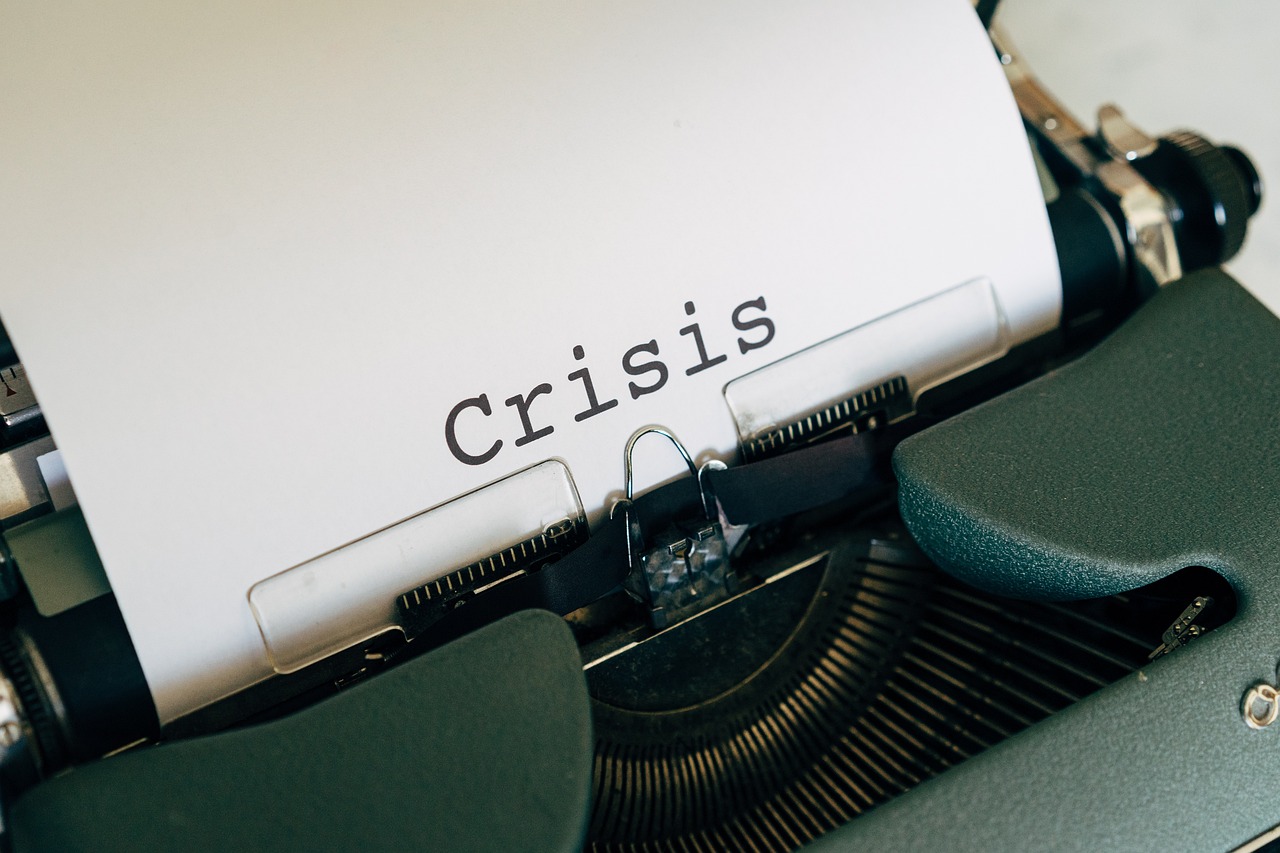Lessons from the Automotive Industry
What happens when trust collapses in seconds and the world is watching? As a communications leader in the automotive sector, I’ve seen how crises unfold behind the scenes. From major recalls to global reputational scandals, these moments test not only a company’s credibility but its very identity. The Dieselgate scandal stands as a stark reminder of how a single issue can evolve into a long-term reputational crisis, shaking customer loyalty, investor confidence, and regulatory relationships.
And yet, I’ve also seen how companies bounce back. Those that act fast, communicate transparently, and align their internal and external messaging can emerge stronger. But today, the landscape has shifted. Artificial intelligence is fundamentally transforming how we anticipate, manage, and recover from crises. AI enables communications teams to analyze massive data sets in real time, uncover sentiment shifts before they escalate, and deliver tailored responses with speed and precision. Dave Fleet, Global Head of Digital Crisis at Edelman, puts it clearly: “AI’s integration in crisis communications isn’t a trend—it’s a necessity for modern resilience.” [World PR Report, 2024]. How is AI redefining each of the three critical phases of crisis communications?
The Three Phases of Crisis Communications: Challenges and AI Solutions
Pre-Crisis: Prediction and Preparedness
Most crises don’t strike without warning but recognizing those early signals is the real challenge. Communication teams are flooded with information, and key indicators often get lost in the noise. This is where AI becomes a true game-changer. With natural language processing (NLP) and predictive analytics, AI tools continuously scan social media, online news, and internal communications to identify unusual patterns. For instance, a sudden increase in negative sentiment linked to a product or service might signal an emerging issue. Unlike manual monitoring, AI systems never sleep and they learn from every new data point.
McKinsey’s 2023 report underlines the impact: companies that use AI for early risk detection identify crises 65% faster than those relying solely on human analysis. Tools such as Brandwatch, Meltwater, and Sprinklr are already helping companies maintain real-time visibility of their reputation. Moreover, AI-powered simulations allow teams to test their crisis readiness under a variety of scenarios, strengthening internal coordination and resilience. Preparedness is no longer about plans. It’s about dynamic systems that detect threats early and help organizations respond with clarity.
Crisis Response: Real-Time Agility
When a crisis breaks, the pressure is immediate. Misinformation spreads within minutes, stakeholders demand answers, and internal teams must act quickly without losing control of the narrative. Here, AI enhances both speed and structure. Chatbots, for example, provide real-time updates to customers and employees, offering clarity and reducing confusion. At the same time, generative AI platforms can draft press releases, FAQs, and social media statements within seconds ensuring that every message is aligned with the company’s voice and core values.
AI can also identify the most urgent concerns by analyzing customer inquiries or social media interactions, allowing communications teams to prioritize and escalate accordingly. This isn’t just about faster messaging, it’s about smarter messaging. A 2022 PwC study found that companies deploying AI during crisis situations were able to reduce their response times by 40%, while maintaining consistent, high-quality messaging. That’s not just a time-saver, it’s a trust-builder.
However, it’s important to note that AI supports, but doesn’t replace, human judgment. Especially during emotionally charged moments, human communicators remain essential. The best results occur when AI handles scalable, routine communication, while trained professionals manage the sensitive, high-stakes conversations. AI also enhances decision-making at the top. With live dashboards visualizing sentiment trends, media impact, and stakeholder concerns, leadership teams can act with far greater clarity and speed than before.
Post-Crisis: Rebuilding Trust
Once the immediate crisis passes, many companies fall into the trap of moving on too quickly. But the post-crisis phase is where long-term reputation is won or lost. AI helps teams stay engaged by tracking sentiment over weeks and months, long after media attention fades. Machine learning models can analyze what communication strategies were most effective, correlate changes in sentiment with business outcomes like customer retention or sales, and recommend personalized follow-ups for affected stakeholders. For example, targeted emails with repair updates, refund options, or goodwill offers can help rebuild loyalty with those who were impacted. These efforts are no longer guesswork. AI delivers the insight needed to act meaningfully.
Gartner’s 2023 analysis shows that companies using AI in this phase rebuild stakeholder trust 30% faster than those using traditional, manual review processes. Insights from the crisis should be embedded into future planning, turning lessons learned into stronger structures, better alignment, and more resilient teams. Crisis response isn’t just a protocol, it becomes part of the company’s DNA.
The Future of Crisis Management
Crisis communications has always required a careful balance between speed, empathy, and precision. What AI brings to the table is the ability to amplify human strengths by accelerating analysis, improving decision-making, and supporting consistent communication. I’ve seen in the automotive industry and beyond, the brands that recover and even thrive after a crisis are those that embrace new tools early. They see AI not as a trend, but as a strategic partner in building lasting resilience.
To quote Dave Fleet again: “The goal isn’t to eliminate crises—it’s to emerge stronger. AI is the ally that makes this possible.” (World PR Report, 2024)
Further Reading
McKinsey & Company: The State of AI in 2023 — Generative AI’s Breakout Year
This comprehensive report explores how generative AI is reshaping business functions, risk management, and decision-making across industries. It highlights the rapid adoption of AI tools, the challenges of risk mitigation, and the strategic implications for leaders navigating digital transformation.
Read the report
PwC: Crisis Communication — Building Trust in the Digital Age
PwC’s global insights examine how organizations can use clear, fact-based communication to stabilize crises, sustain stakeholder trust, and protect brand reputation.
Read the article
Edelman: 2024 Trust Barometer — Rebuilding Trust Through Transparency
The latest Edelman Trust Barometer analyzes global shifts in public trust and the critical actions organizations must take to earn and maintain stakeholder confidence. The 2024 report emphasizes transparency, stakeholder engagement, and the role of business in managing change and innovation responsibly.
Read the global report
Read the key insights around AI
World PR Report: AI-Powered Transformation in Crisis Communications — Insights from Dave Fleet
In this interview, Dave Fleet, Global Head of Digital Crisis at Edelman, shares his perspective on the transformative impact of AI in crisis communications. The discussion covers AI’s role in monitoring, decision-making, and the ethical challenges of automation in high-stakes reputational scenarios.
Read the interview
Sources Cited
- McKinsey & Company, AI in Risk Management, 2023
- PwC, Crisis Response in the Digital Age, 2022
- Edelman Trust Barometer, Rebuilding Trust Through Transparency, 2024
- World PR Report Interview with Dave Fleet, 2024


